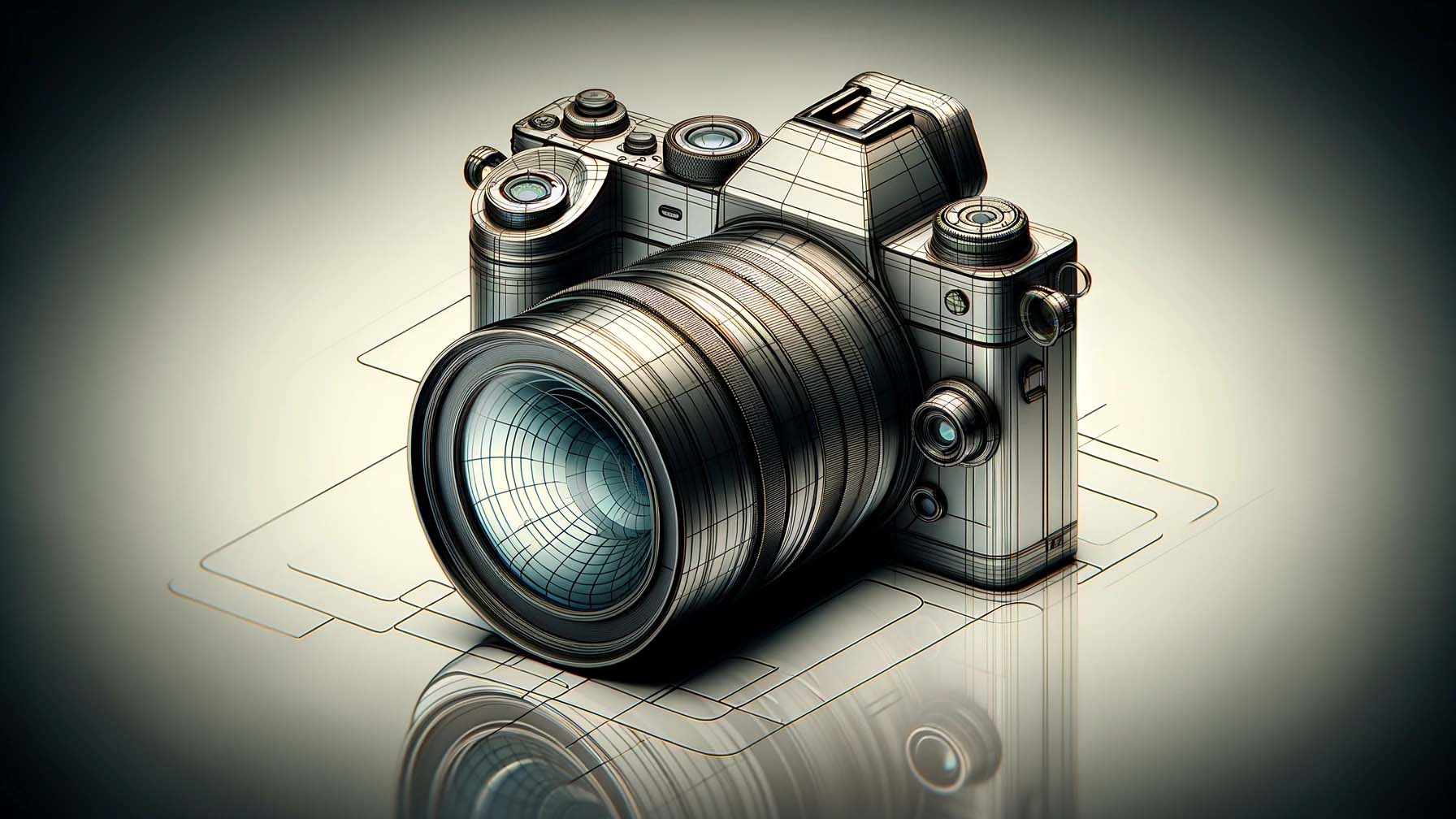
September brought the onset of IBC, which meant at leas one major new camera release than we were expecting...
Panasonic announces G9 II: 5.7K video and phase detect autofocus
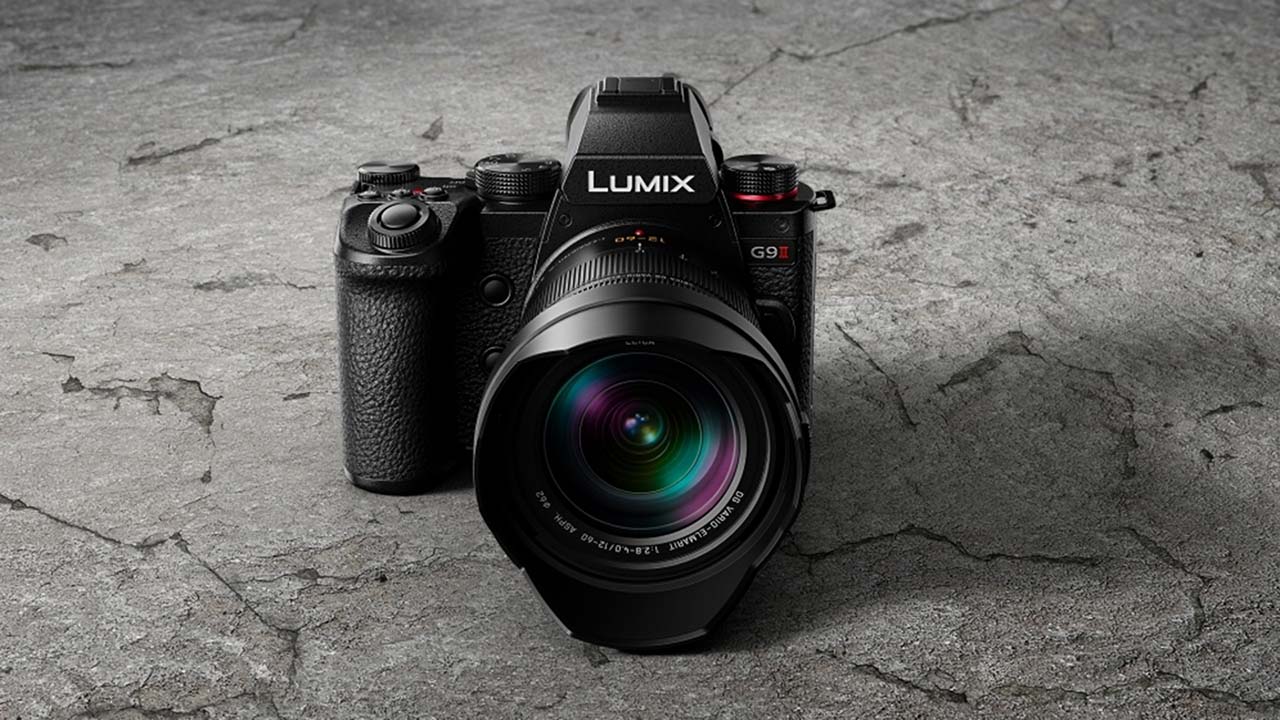
The original G9 was a quiet horse in Panasonic’s stable. The company surprised the world relatively recently with a firmware upgrade that gave the camera some incredible new video recording capabilities. In September, the company announced a successor, the G9 II, which added so many features that it does beg the question of where it leaves the GH5 series!
Taking cues from both the GH and S series cameras, the G9 II features tough built with full weather sealing, a 25.2MP MFT sensor and phase detection autofocus.
We wrote, “It's the video capabilities that really stand out, however. With support for ProRes recording, 5.7K resolution at up to 60fps, and 4K at up to 120fps, with 10-bit colour precision and 4:2:2 sampling, the G9 II looks like a very affordable video powerhouse. V-Gamut and V-Log are fully supported, and it's also possible to attach a USB SSD and record externally to that device. LUT files are also supported as well.”
Michael and Peter Cioni officially launch Strada

Meanwhile, industry heavyweights Michael and Peter Cioni announced their new startup venture, Strada. The two brothers started the company with a mind to completely rethink creative workflows. Michael Cioni said this of the venture, "Innovative tools and technologies unlock so many opportunities but are simultaneously difficult to integrate into legacy workflows. Most people find themselves spending too much time preparing to be creative and not enough time actually being creative. Strada is completely re-thinking workflow, with the goal of giving time back to creative professionals so they can focus on telling great stories.”
You’ll not be surprised to learn that AI plays a role in all this, with Strada being described as "the world's first AI-enabled cloud platform for content creators.”
David Shapton wrote, “AI-assisted media processing can achieve what would have seemed impossible even two years ago. It can replace the word "vegetarian" for "vegan" in a voiceover invisibly and match a colour look infinitely more subtlety than a LUT. Imagine what it would be like to combine a chain of these processes into a bespoke workflow optimised for your project.”
The new Sony Burano: a smaller, cheaper Venice
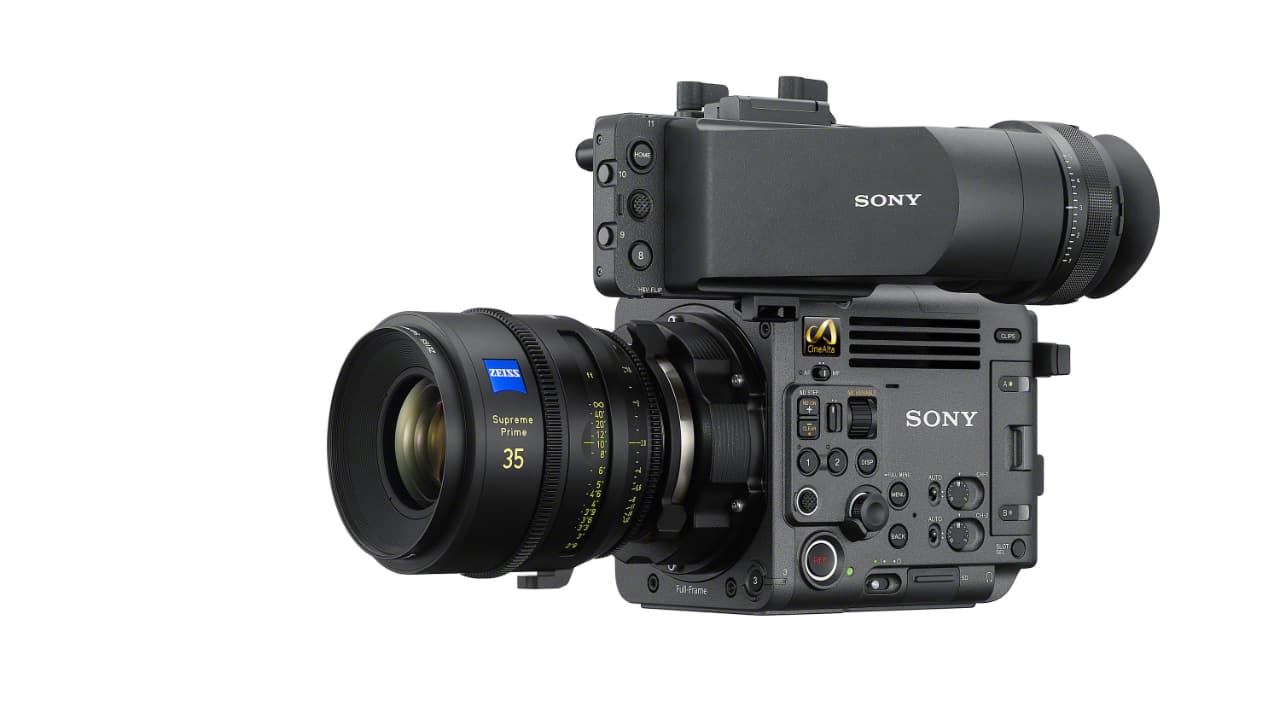
Sony continued to build upon the legacy of its VENICE camera system with the announcement of the Burano, a smaller, much less expensive sibling. Rather than being named after the Soviet space shuttle, the name in fact comes from a small island off the coast of Venice. Quite apt.
Andy Stout wrote, “It's all the bits that make the Venice distinctive and great, but in a smaller, more compact body, optimised for single operators. None of this precludes it from being used on a high-end film set, but the idea is that a single operator, or a small team, can make films matching Venice's output but for a lower cost and with less need for an entire supporting crew. At around two-thirds of the weight of Venice 2, it's a Venice with added mobility and a dramatically reduced price point of $25,000.”
The new Blackmagic Cinema Camera 6K
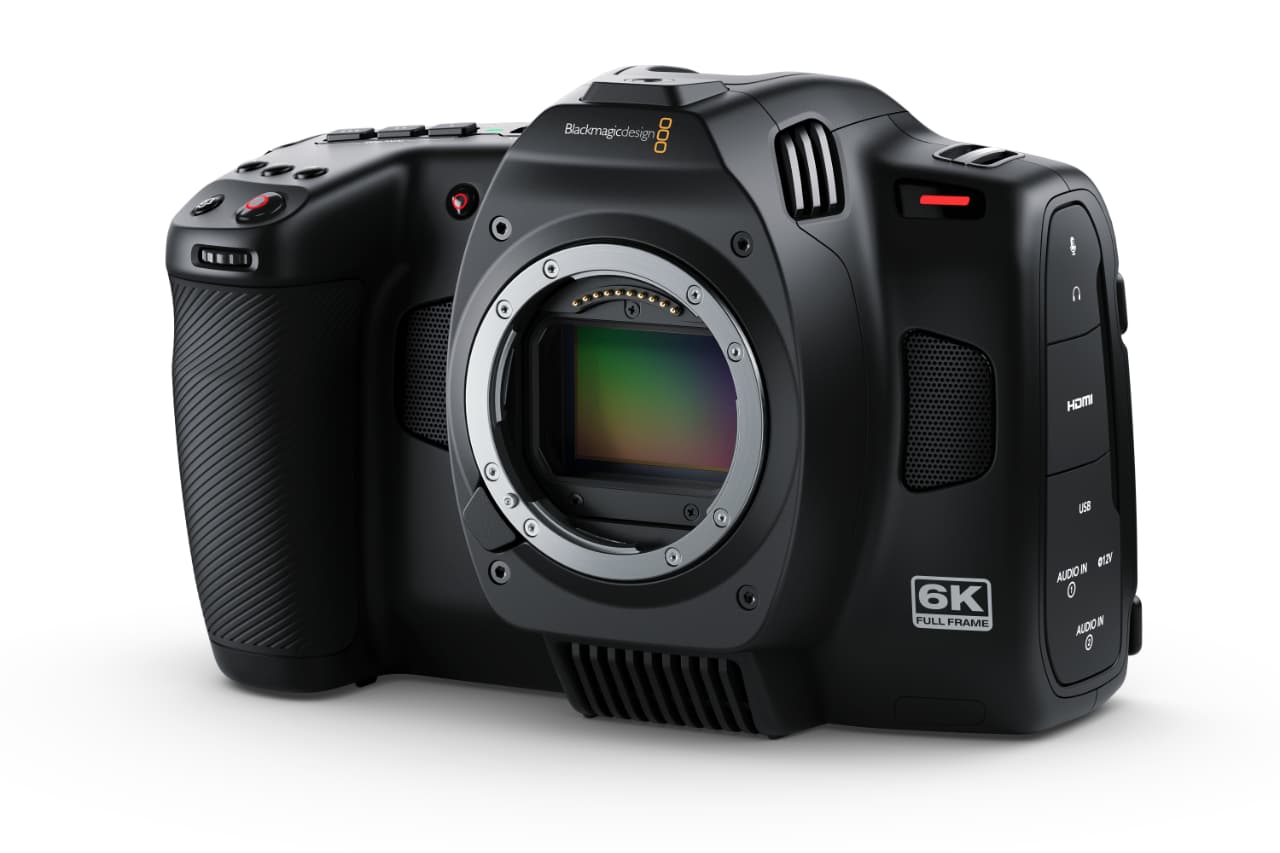
The cameras kept on coming with the release of BlackMagic’s Cinema Camera 6K. For the release, the “pocket” monicker was dropped (about time). While BMD has traditionally used a MFT format sensor for such cameras, the Cinema Camera 6K features a 6K full-frame sensor with an L mount lens system.
Craig Heffernan, technical sales director EMEA, said of the new camera, “What we have principally is a full-frame, L-Mount camera system; our sensor size is three by two, so it's 36 by 24 mil with an output resolution of 6048 x 4032. What we also have there, which I think is really useful underneath those numbers, is that we get a pixel pitch of 5.94 microns. So, what that allows us to do within that resolution, within that larger open gate system as well, is get a very good photosite-based AF sensor that we can work with. This sensor is also going to be in line with our Pocket Camera sensors. And it's dual ISO, so it has the dual natives of 400 and 3200 ISOs.”
Unfortunately the shallow flange depth of the L mount meant that ND filters couldn’t be featured, but the camera still has a heavy, professionally focussed feature set. Andy Stout concluded, “And that, for the moment, is that. We have become used to Blackmagic lobbing curve balls at the industry over the past few years, but now and then, it still manages to pull something out of its hat once more that makes you sit up and take notice. And the Black Magic Cinema Camera 6K does just that.”
IBC2023
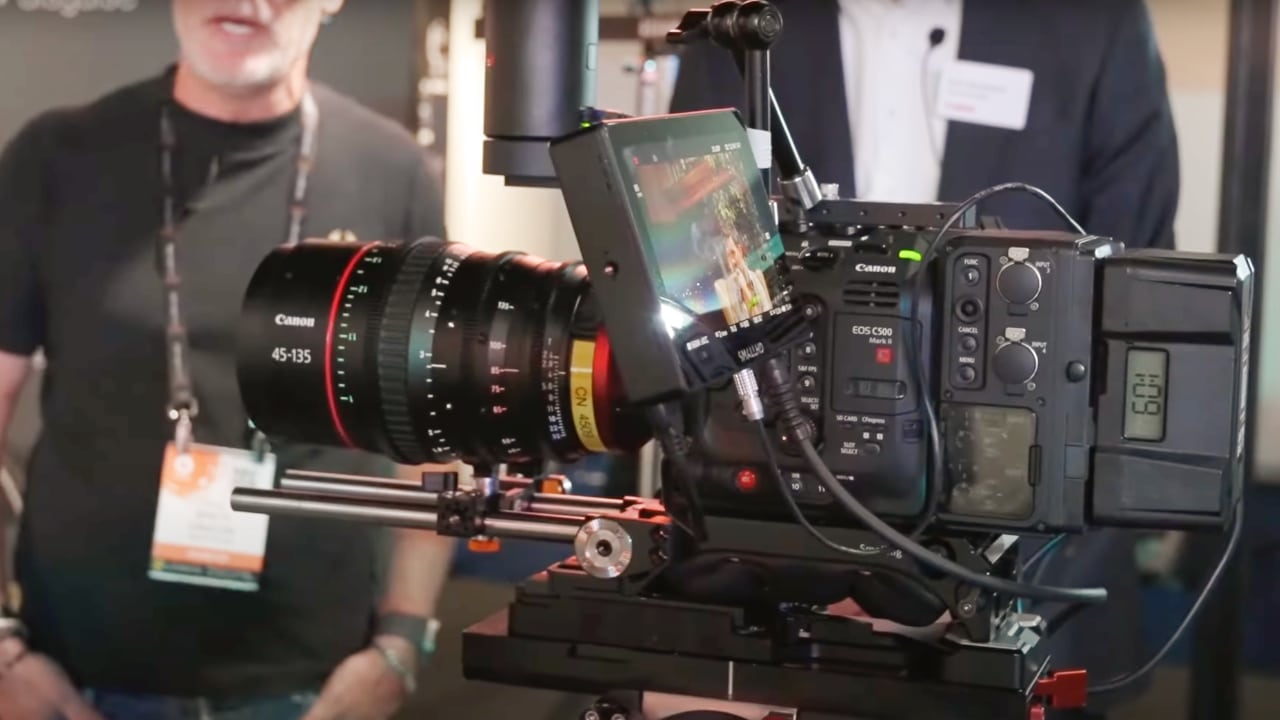
September means one thing, and that’s the IBC Show in Amsterdam. It’s taken a while for shows such as this to get back into their stride following Covid, but get back in their stride they most certainly have. This year’s show was full of interesting announcements and tech, and RedShark was on the show floor to bring you the latest news and gossip. We also produced a huge number of videos featuring key industry players and companies, including interviews with the likes of Michael Cioni, Blackmagic Design, Adobe and many more.
If you haven’t already, check out our full IBC 2023 coverage here.
Topaz Photo AI v2 review: Smart and effective photo enhancement
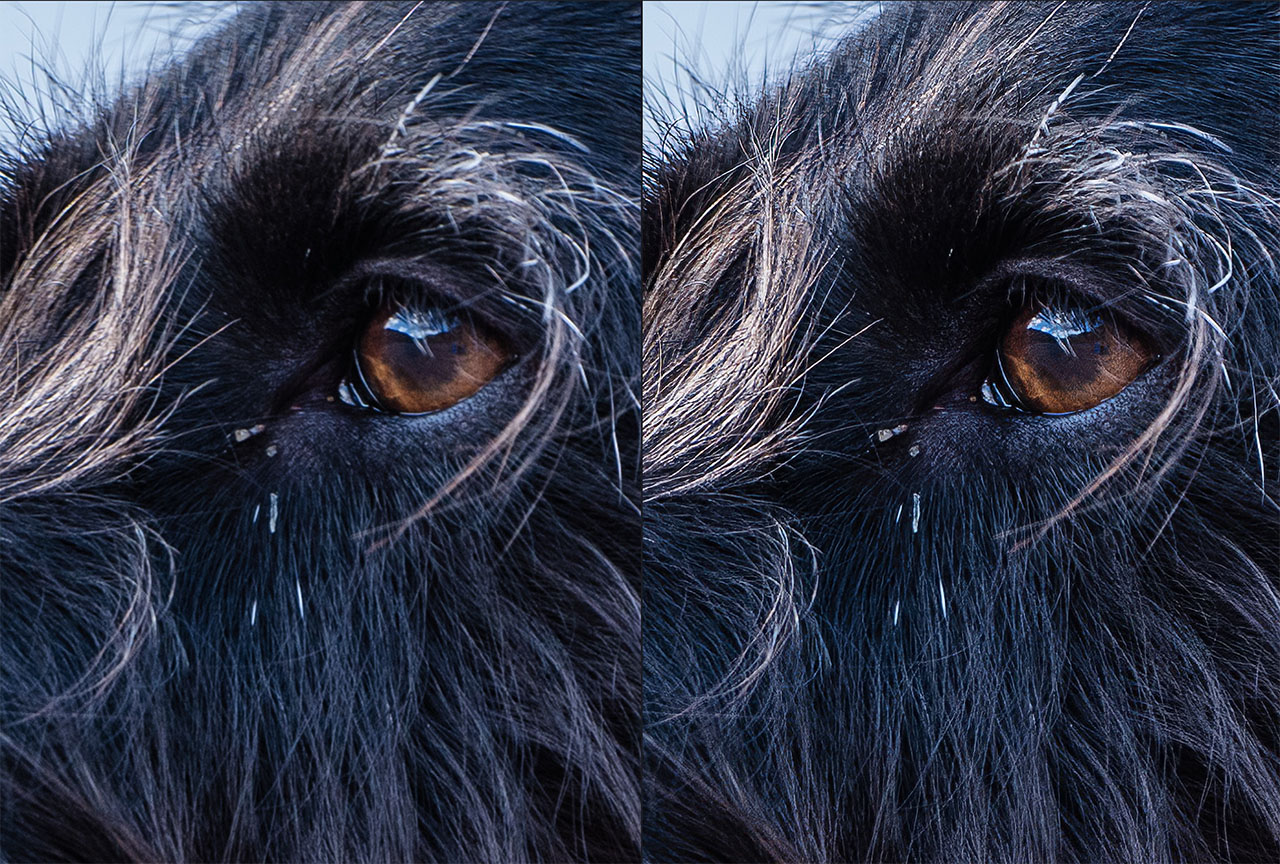
Topaz Labs is a company that seemed to emerge from nowhere, and has risen to the point where it produces some of the best AI based image enhancement software on the market. Famed for its Video AI app, which can take some of the worst quality video you’d care to throw at it and output something that is amazingly watchable, it also produces Photo AI, which deals with stills.
We’d previously looked at version 1 of the software, and we were impressed with what it could do. However, version 2 takes things to a new level, with a totally redesigned interface and much improved AI models.
Simon Wyndham wrote of the software, “Every aspect can be fine-tuned to your needs. Version 2 now also allows users to fine-tune how the Autopilot approaches images, too. For example, you can tell it to default to a particular type of image, such as landscape or portrait, or define thresholds as to when noise reduction kicks in and how much to apply amongst many other settings. You also can now use Photo AI's upscale algorithm directly within Photoshop by using the Automate plugin.
“For me, Topaz Photo AI is an essential app, and it is now an important and regular part of my day-to-day workflow.”
The first images from inside the Las Vegas Sphere look absolutely stunning
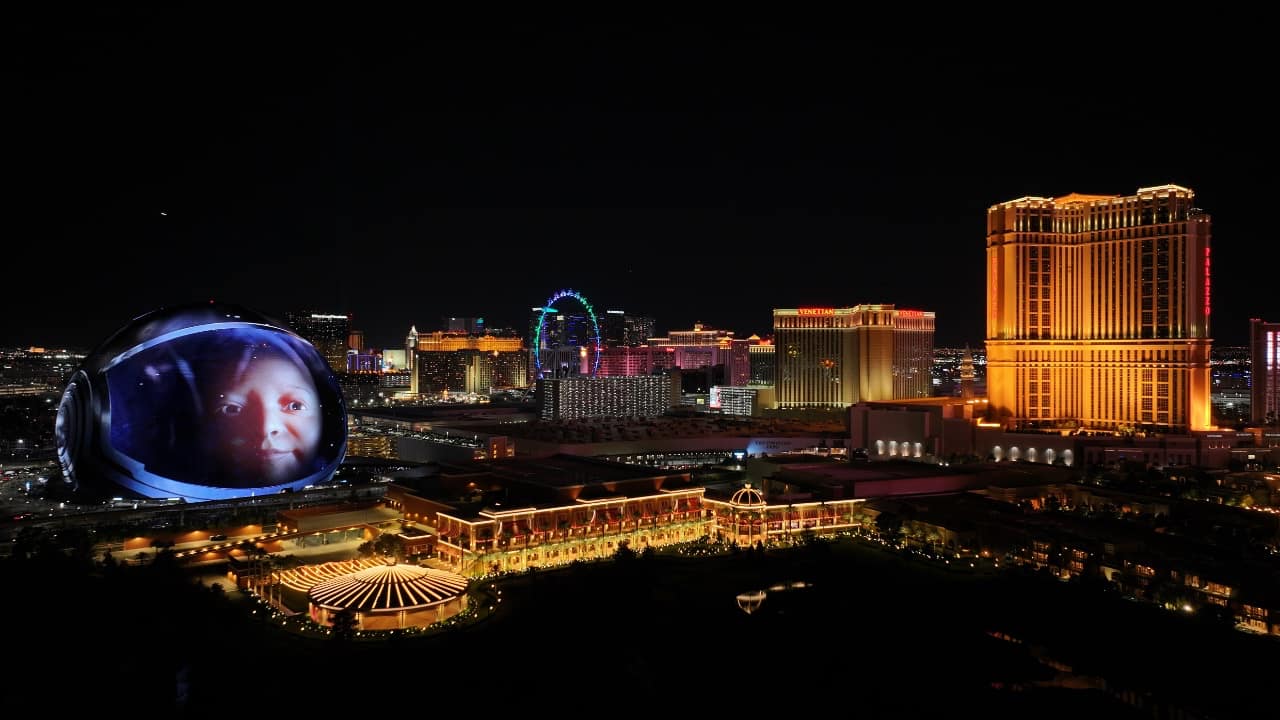
It’s fair to say that The Sphere in Las Vegas has rightly been getting a lot of attention recently. As new audio/visual entertainment venues go, The Sphere is currently the most technologically advanced on the planet. Costing well over $2bn to build, The Sphere is the most expensive entertainment venue in Las Vegas history. It breaks records in other ways, too. At 366ft high and 516ft wide, it’s also the largest spherical building in the world with 875,000 sq ft of interior space and seating for 18,600 people.
The record breaking still isn’t over, either, with the interior featuring the largest LED display in the world, with 16K resolution and 160,000 sq ft in size. We covered the first unveiling of the interior as well as its first opening weekend featuring U2.
Andy Stout wrote, “The exterior of the Sphere, called reasonably enough the Exosphere, is pretty much the largest LED screen on the face of this planet, and possibly a few others. 580,000 sq ft and fully programmable, it consists of approximately 1.2 million LED pucks spaced eight inches apart, with each puck containing 48 individual LEDs capable of displaying 256 million different colours. This canvas can display stunning and dynamic imagery unlike anything ever seen before – all at an unparalleled scale.”
Using the largest computer chip ever made to build the world’s largest supercomputer
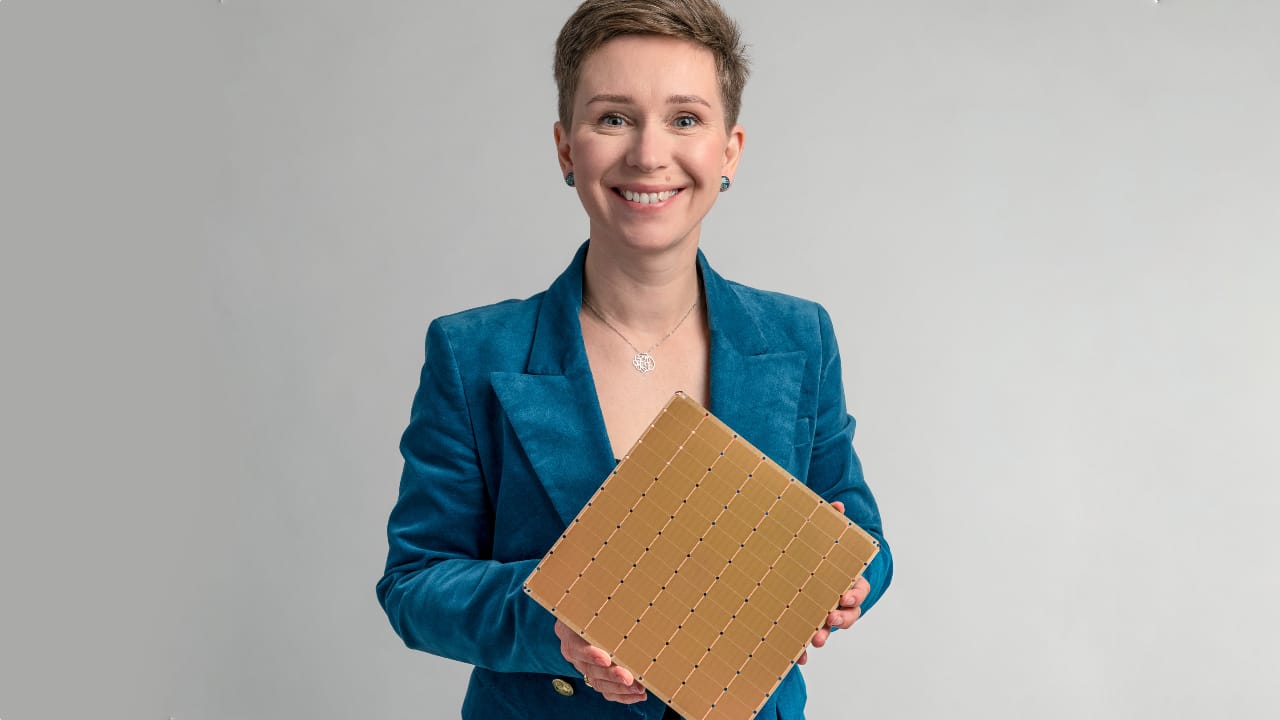
Supercomputing took a huge leap forward with the Cerebras Wafer Scale Engine-2. It turns out that the name “Wafer Scale” is literal, with a single chip being the size of an entire 12-inch wafer. The specifications of the new chip were off the chart. Rakesh Malik described it as follows, “…while nVidia's Hopper has an insane 80 billion transistors, the Cerebras WSE-2 has 2.6 TRILLION, providing 850,000 cores optimized for tensor computing. Each wafer/chip has 40GB of high-speed static RAM spread throughout the chip with a bandwidth of (hold on to your hat) 20 Petabytes per second. The interconnect providing the communications infrastructure to that wafer has (still holding your hat?) 220 Petabytes per second.”
And that wasn’t the end of the story. What’s been described there is a single chip, but it’s what comes next that is truly mind blowing. Using these new chips in an array, Cerebras is eventually going to construct 9 super computers, each featuring 64 chips each. For now, it is aiming to complete three of them. What does that mean for performance? Rakesh continues, “The Condor Galaxy 1 is an AI supercomputer built in partnership with AI service provider G42 and features 64 of these huge chips, for a total of 54 million cores to make a 4 Exaflop monster. When the Condor Galaxy's two siblings, creatively named CG-2 and CG-3 are also complete by early 2024, according to the company, all three will be linked to each other with dedicated fiber optic pipes.
These three AI supercomputers will form a 12 Exaflop, 162 million core distributed AI supercomputer consisting of 192 Cerebras CS-2s and fed by more than 218,000 high-performance AMD EPYC CPU cores.“
Apple’s M3 3nm ‘scary fast’ upgrade for MacBook Pros and iMac
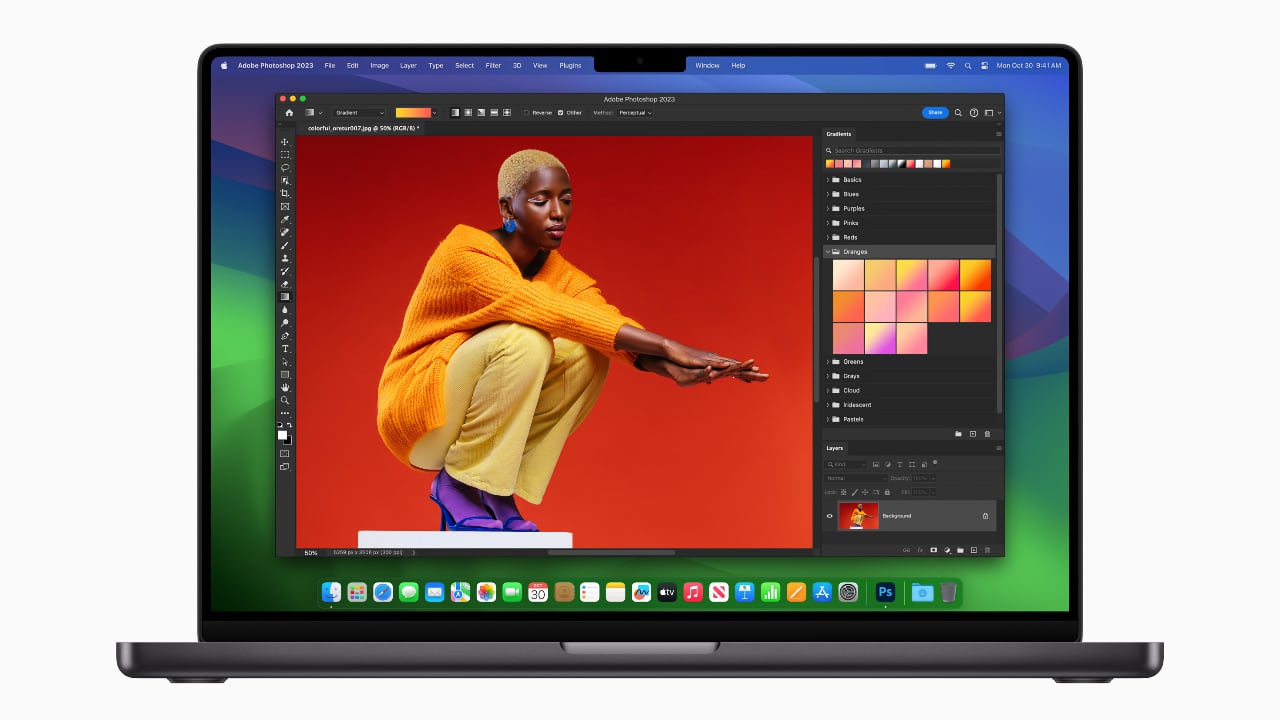
Back in more down to earth computing, Apple announced its much awaited 3nm process MacBook Pros. K. Stewart wrote, “M3 Pro is an interesting upgrade in that it markedly diverges from M2 Pro. It’s still a 12-core CPU, but evenly split for performance/efficiency - unlike previous gen which had eight performance cores and four efficiency cores. The GPU features 18 cores and there’s a slight maximum capacity increase from 32GB to 36GB. At 37 billion transistors, this is 3 billion less than M2 Pro. Possibly this reflects the greater performance of the efficiency cores allowing for a different balance and a greater overall battery performance.
M3 Max, by contrast, increases its transistor count over M2 Max by 25 billion to 67 billion. The CPU has 12 performance cores, four more than M2 Max, plus just four efficiency cores. GPU cores increase by 2 to 40, while maximum memory goes from 96GB to 128B.”
Later benchmarking showed the M3 Max to offer performance increases far in excess of what it’s paper specifications would appear to suggest. K. Stewart concluded, “All of which is to say, this year has seen solid advances for Apple’s line-up. But an iPad line-up refresh, M3 MacBook Air update, hopefully a more aggressively priced entry-level laptop, and Vision Pro shipping in the US means 2024 looks to be full of potential in realizing more of Apple Silicon’s promise.”
Tags: Production


Comments